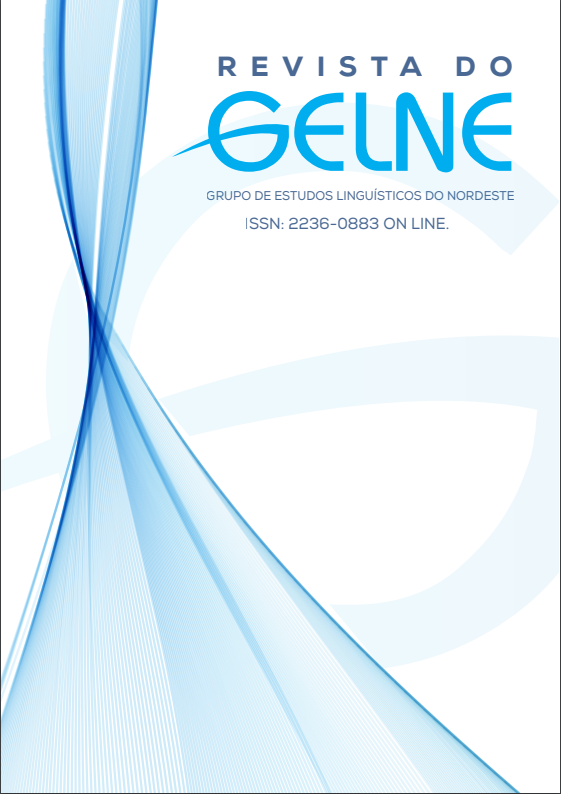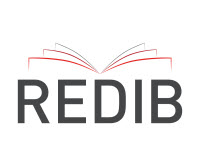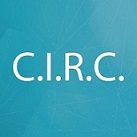A pele que habitamos: as (auto)narrativas de Ruth, Zezé e Lázaro
DOI:
https://doi.org/10.21680/1517-7874.2019v21n1ID15808Resumo
Na esteira dos debates sobre preconceitos raciais, três (auto)narrativas são apresentadas aqui como uma possibilidade de leitura no campo literário. Para esse exercício, foram utilizadas as obras Ruth de Souza: estrela negra (JESUS, 2007), Zezé Motta: muito prazer (MURAT, 2005) e Na minha pele (RAMOS, 2017), que contém os relatos das duas atrizes que dão nome aos livros e do ator Lázaro Ramos. Há nessas histórias uma marca em comum que, como veremos, perpassa a linha entre a ficção - campo de trabalho dos sujeitos aqui apresentados -, e a realidade: a cor da pele preta, elemento considerado durante a configuração das personagens. A possibilidade dessa leitura nos estudos literários é aqui ancorada nas ideias de Arfuch (2010), Benjamin (1994), Bourdieu (2006), Evaristo (2017), Lejeune (2014) e Lima (2013, 2014). A distância temporal entre o início das carreiras das atrizes e do ator indica alguma tentativa de mudança nas representações que lhe são conferidas, entretanto, não sem menos esforço, tanto para atuar, quanto para continuar o trabalho, tendo em vista que a recepção do público a determinados papéis continua a ser um espaço de negociação. Se por um lado os relatos sobre as experiências vividas cumprem o papel de os individualizar, diferenciando-os por suas trajetórias, por outro, a adjetivação racial a elas e a eles sempre e constantemente atribuída, entrecruza suas histórias, indicando um movimento igualmente constante de negociação de trânsitos e permanências em espaços de ficção, muitas vezes questionado em sua semelhança com a realidade, no caso, pelo que é atribuído por leituras de outrem sobre a cor da pele preta.
Downloads
Downloads
Publicado
Como Citar
Edição
Seção
Licença

Este trabalho foi licenciado com uma Licença Creative Commons - Atribuição - NãoComercial - CompartilhaIgual 3.0 Não Adaptada.

 Português (Brasil)
Português (Brasil) English
English Español (España)
Español (España)









.jpg)




